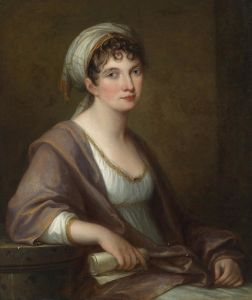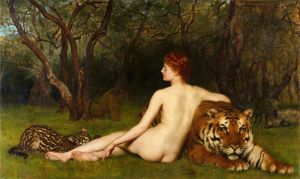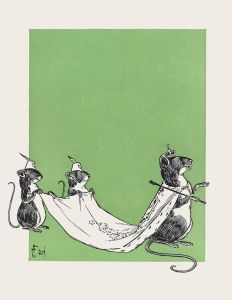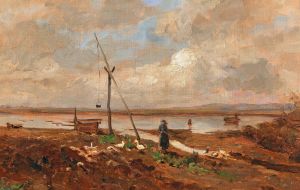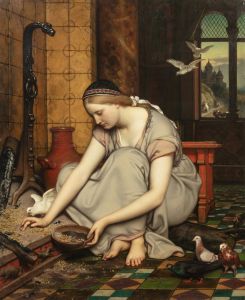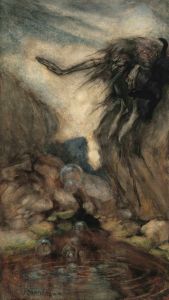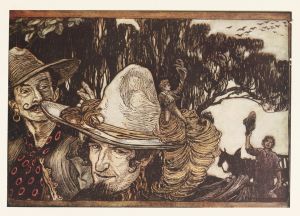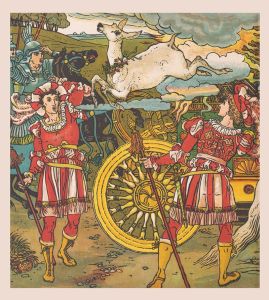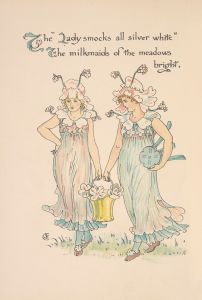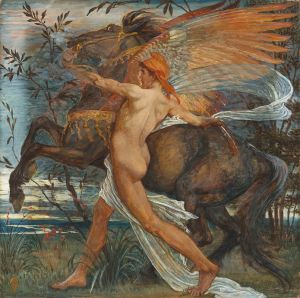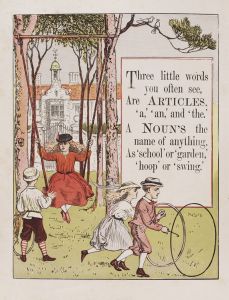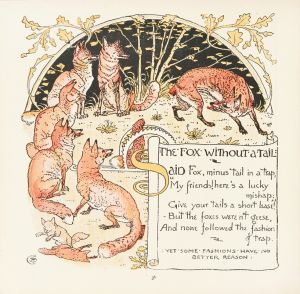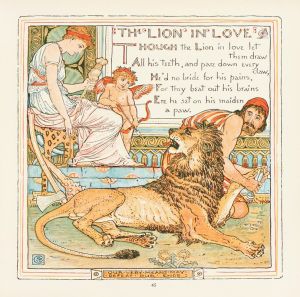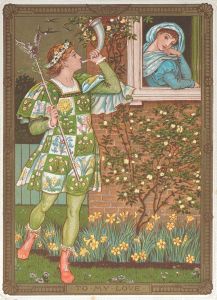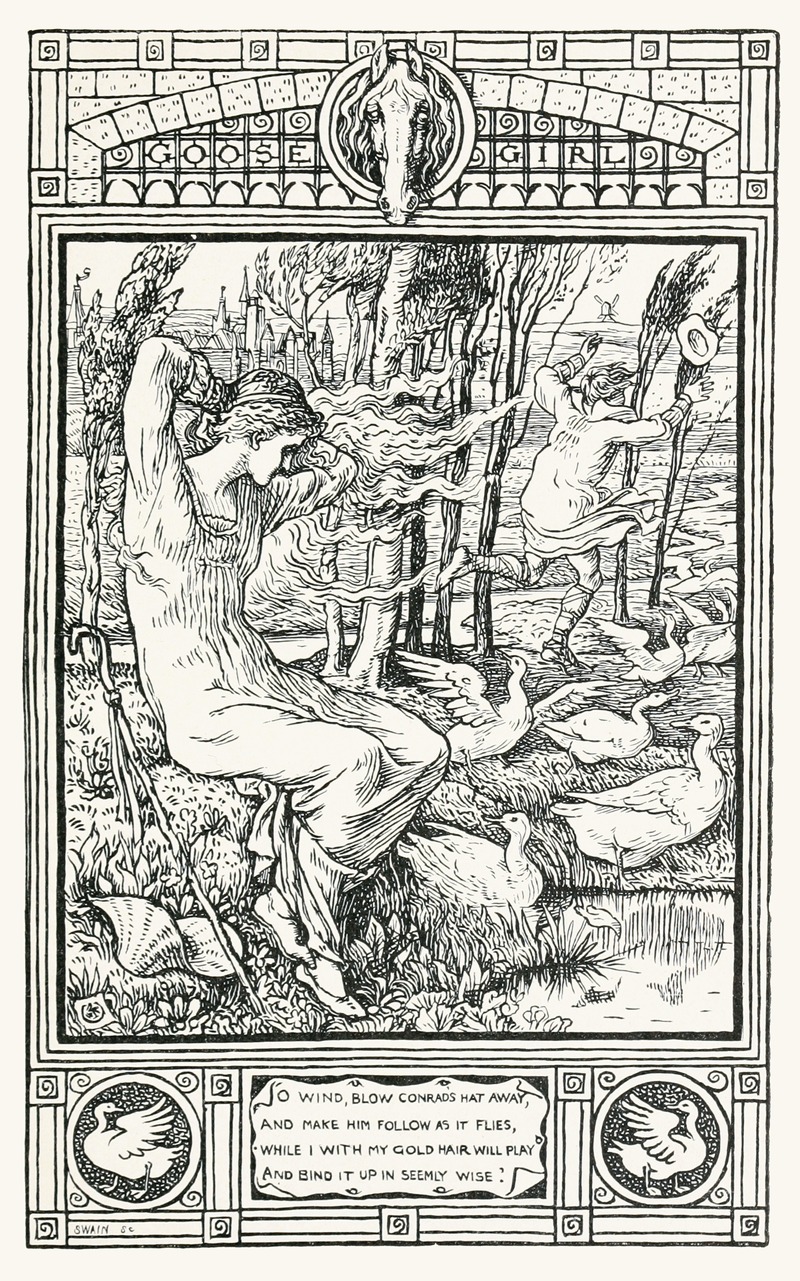
The Goose Girl
A hand-painted replica of Walter Crane’s masterpiece The Goose Girl, meticulously crafted by professional artists to capture the true essence of the original. Each piece is created with museum-quality canvas and rare mineral pigments, carefully painted by experienced artists with delicate brushstrokes and rich, layered colors to perfectly recreate the texture of the original artwork. Unlike machine-printed reproductions, this hand-painted version brings the painting to life, infused with the artist’s emotions and skill in every stroke. Whether for personal collection or home decoration, it instantly elevates the artistic atmosphere of any space.
Walter Crane's "The Goose Girl" is a notable example of 19th-century British art, reflecting the artist's distinctive style and the broader artistic movements of his time. Walter Crane (1845–1915) was an influential English artist and book illustrator, known for his contributions to the Arts and Crafts Movement and his role in the development of children's book illustrations.
"The Goose Girl" is one of Crane's works that exemplifies his skill in combining narrative and decorative elements, a hallmark of his artistic approach. Although specific details about the creation date and the current location of "The Goose Girl" are not widely documented, the painting is often associated with Crane's broader body of work that draws inspiration from folklore, fairy tales, and classical themes.
Crane's art is characterized by its vibrant use of color, intricate patterns, and a strong sense of design, all of which are evident in "The Goose Girl." His style was heavily influenced by the Pre-Raphaelite Brotherhood and the Aesthetic Movement, both of which emphasized beauty and detail in art. Crane was also deeply inspired by the works of William Morris, a leading figure in the Arts and Crafts Movement, which advocated for traditional craftsmanship and the decorative arts.
In "The Goose Girl," Crane likely draws upon the traditional fairy tale of the same name, which tells the story of a princess who is betrayed by her maid and forced to tend geese. This narrative, popularized by the Brothers Grimm, fits well within Crane's interest in storytelling through visual art. His ability to convey a story through a single image is one of the reasons his work has remained influential.
Crane's illustrations often feature a harmonious blend of human figures, animals, and nature, arranged in a way that guides the viewer's eye across the composition. This technique can be seen in "The Goose Girl," where the interaction between the central figure and the surrounding elements creates a dynamic yet balanced scene. The painting's composition and use of color reflect Crane's understanding of both classical art principles and contemporary design trends of his time.
Walter Crane was not only a painter but also a prolific illustrator, creating images for numerous children's books and publications. His work in book illustration helped to elevate the status of children's literature, making it more visually appealing and engaging for young readers. This dual focus on fine art and illustration is evident in "The Goose Girl," where Crane's illustrative style enhances the narrative quality of the painting.
Throughout his career, Crane was committed to the idea that art should be accessible to all, a belief that was central to the Arts and Crafts Movement. He sought to create works that were not only beautiful but also meaningful and educational. "The Goose Girl," like many of his other works, reflects this philosophy by combining aesthetic beauty with a timeless story.
In summary, Walter Crane's "The Goose Girl" is a testament to his artistic vision and his ability to blend narrative with decorative art. While specific details about the painting's provenance may be limited, its significance lies in its representation of Crane's broader contributions to art and illustration during the late 19th century.





